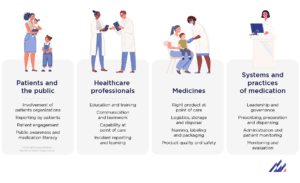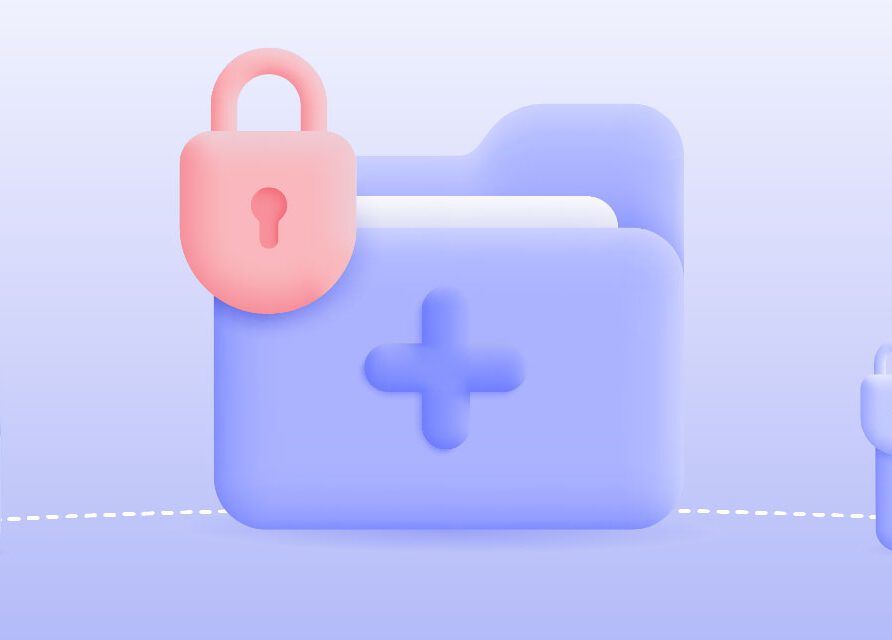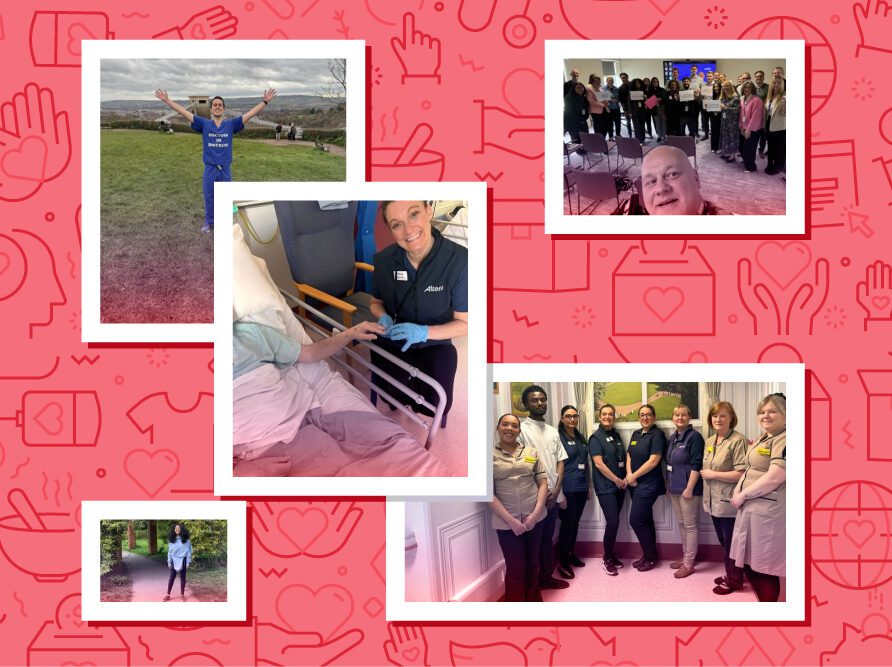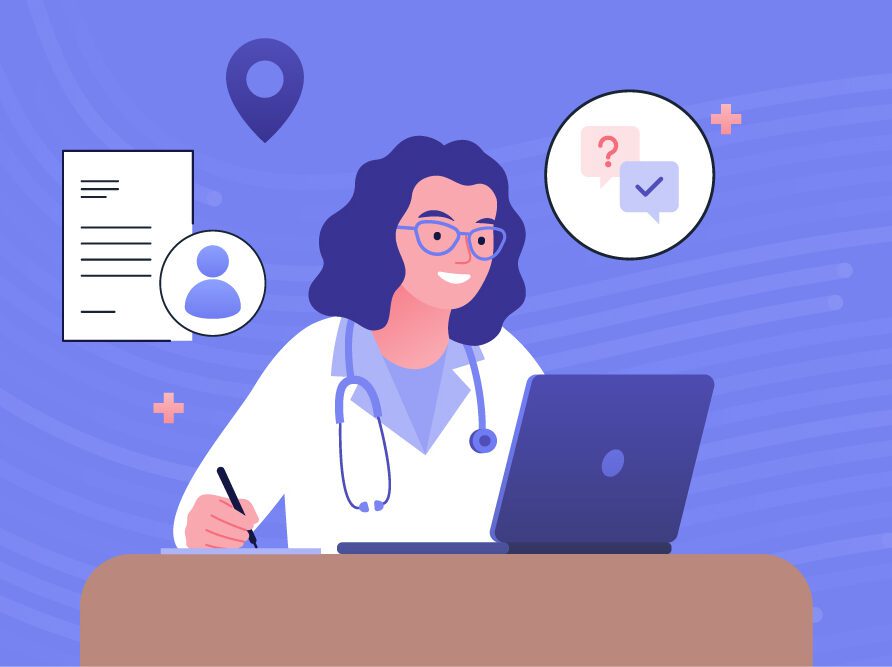Article
Medication without harm: Addressing a top threat to patient safety
The World Health Organization (WHO) has designated Saturday, September 17, 2022, as World Patient Safety Day. This annual observance brings attention to the discipline of patient safety, which aims to make healthcare safer for patients by reducing preventable risks, errors and harm. This year’s theme focuses on medication safety.
Here’s what healthcare organizations should know about medication safety leading up to World Patient Safety Day.
Understanding the scope of medication errors
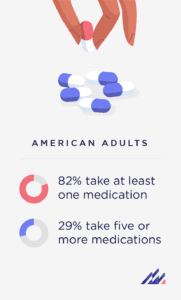 According to the Centers for Disease Control and Prevention (CDC), 82% of American adults take at least one medication and 29% take five or more. Perhaps it is unsurprising, then, that medication-related harm constitutes the greatest proportion of total preventable harm.
According to the Centers for Disease Control and Prevention (CDC), 82% of American adults take at least one medication and 29% take five or more. Perhaps it is unsurprising, then, that medication-related harm constitutes the greatest proportion of total preventable harm.
It is clear that medication-related harm is already worth tackling, but it also has the potential to grow if we collectively do not expand or update our patient safety strategies. The CDC predicts that adverse drug events are likely to increase due to a confluence of factors, including the development of new medicines and increased use of medicines for disease treatment and prevention. Additionally, the WHO notes that the ongoing COVID-19 pandemic has increased the complexity of care by introducing new workflows, overworking staff and overcrowding hospitals—all of which add to the risk of preventable harm.
Medication errors can occur during various stages of care delivery, such as ordering/prescribing (the most common), documenting, transcribing, dispensing and administering drugs. Errors made at these different points in care have many causes, and as a result, there is no single solution that can reduce or eliminate all medication errors.
Putting all the pieces together
Because medication errors are a systems issue, it will take a comprehensive effort to address their causes and improve medication safety. In that spirit, the WHO has proposed a strategic framework with four domains: healthcare professionals, medicines, systems and practices of medication, and patients and the public. These domains include different sub-domains or factors that affect medication safety, from public awareness and medication literacy to the naming, labeling and packaging of pharmaceutical products.
Each element of this framework should be carefully considered when constructing workflows and understanding opportunities to strive for medication without harm. To capitalize on this framework and drive meaningful change, it will take coordinated efforts across healthcare stakeholder groups.
Altera Digital Health is fully committed to delivering health IT that supports medication safety. For example, our solutions offer computerized provider order entry (CPOE), which helps clinicians efficiently and accurately enter and send medication orders in a standardized manner while including safety-related checks such as drug-drug interaction checking. Reminders within our solutions help alert providers to potential issues before they become problems, such as if a drug may be dispensed at the wrong time. Altera also helps connect patients with valuable information regarding their medications, a key component of patient education, empowerment and medication adherence. Finally, Altera participates in multiple industry collaboratives comprising pharmacies, health IT vendors and other organizations focused on making an impact in the arena of medication safety.
We thank our client partners for their continued commitment to improving safety for their patients. To learn more about World Patient Safety Day, visit the WHO website here, and check out our solutions that help address patient safety here.

